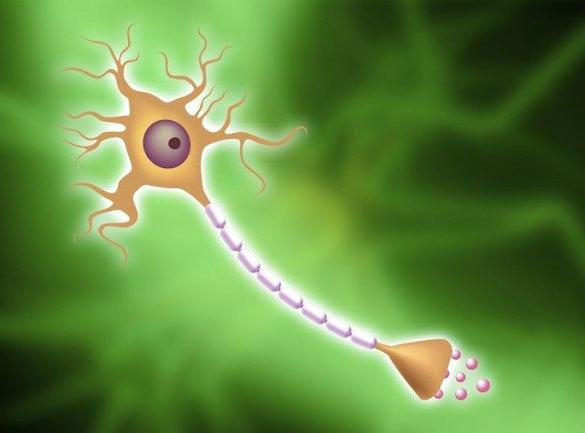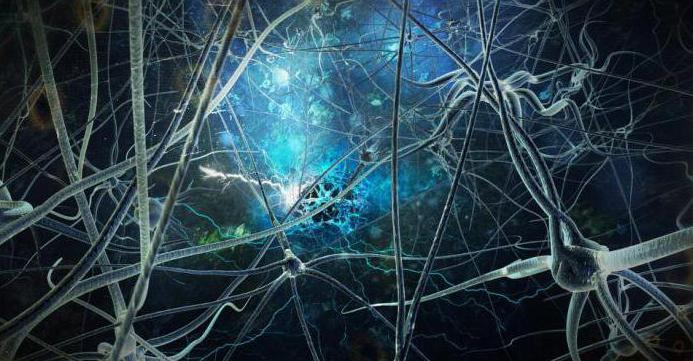What is the CNS? Central nervous system: functions, characteristics, anatomy
The main part of the nervous system of vertebrates and humans is the central nervous system. It is represented by the brain and spinal cord and consists of many clusters of neurons and their processes. The central nervous system performs many important functions, the main of which is the implementation of various reflexes.
What is the CNS?
As the evolution progressed, the regulation and coordination of all vital processes of the body began to take place at a completely new level. Improved mechanisms began to provide a very fast response to any changes in the external environment. In addition, they began to remember the effects on the body that occurred in the past, and, if necessary, extract this information. Similar mechanisms formed the nervous system, which appeared in humans and vertebrates. It is divided into central and peripheral.
So what is the CNS? This is the main department, which not only unites, but also coordinates the work of all organs and systems, and also ensures continuous interaction with the external environment and supports normal mental activity.

Structural unit
Such a path includes:
- sensory receptor;
- afferent, associative, efferent neurons;
- effector.
All reactions are divided into 2 types:
- unconditional (congenital);
- conditional (acquired).
The nerve centers of most reflexes are located in the central nervous system, but the reactions, as a rule, are closed outside of it.

Coordinating activities
This is the most important function of the central nervous system, which involves the regulation of the processes of inhibition and excitation in the structures of neurons, as well as the implementation of responses.
Coordination activity is necessary in order for the body to perform complex movements in which numerous muscles are involved. Examples: implementation of gymnastic exercises; speech accompanied by articulation; the process of swallowing food.
Pathologies
It is worth noting that the central nervous system is such a system, violations in the work of which negatively affect the functioning of the whole organism. Any failure is a health hazard. Therefore, when the first alarming symptoms appear, you should consult a doctor.
The main types of CNS diseases are:
- vascular;
- chronic;
- hereditary;
- infectious;
- received as a result of injury.
Currently, about 30 pathologies of this system are known. The most common diseases of the CNS include:
- insomnia;
- Alzheimer's disease;
- cerebral palsy;
- Parkinson's disease;
- migraine;
- lumbago;
- meningitis;
- myasthenia gravis;
- ischemic stroke;
- neuralgia;
- multiple sclerosis;
- encephalitis.
Pathologies of the central nervous system arise due to lesions of any of its departments. Each of the ailments has a unique symptomatology and requires an individual approach to the choice of treatment method.

Finally
The task of the central nervous system is to ensure the coordinated work of each cell of the body, as well as its interaction with the outside world. A brief description of the central nervous system: it is represented by the brain and spinal cord, its structural unit is the neuron, and the main principle of its activity is reflex. Any disturbances in the functioning of the central nervous system inevitably lead to malfunctions in the functioning of the whole organism.
